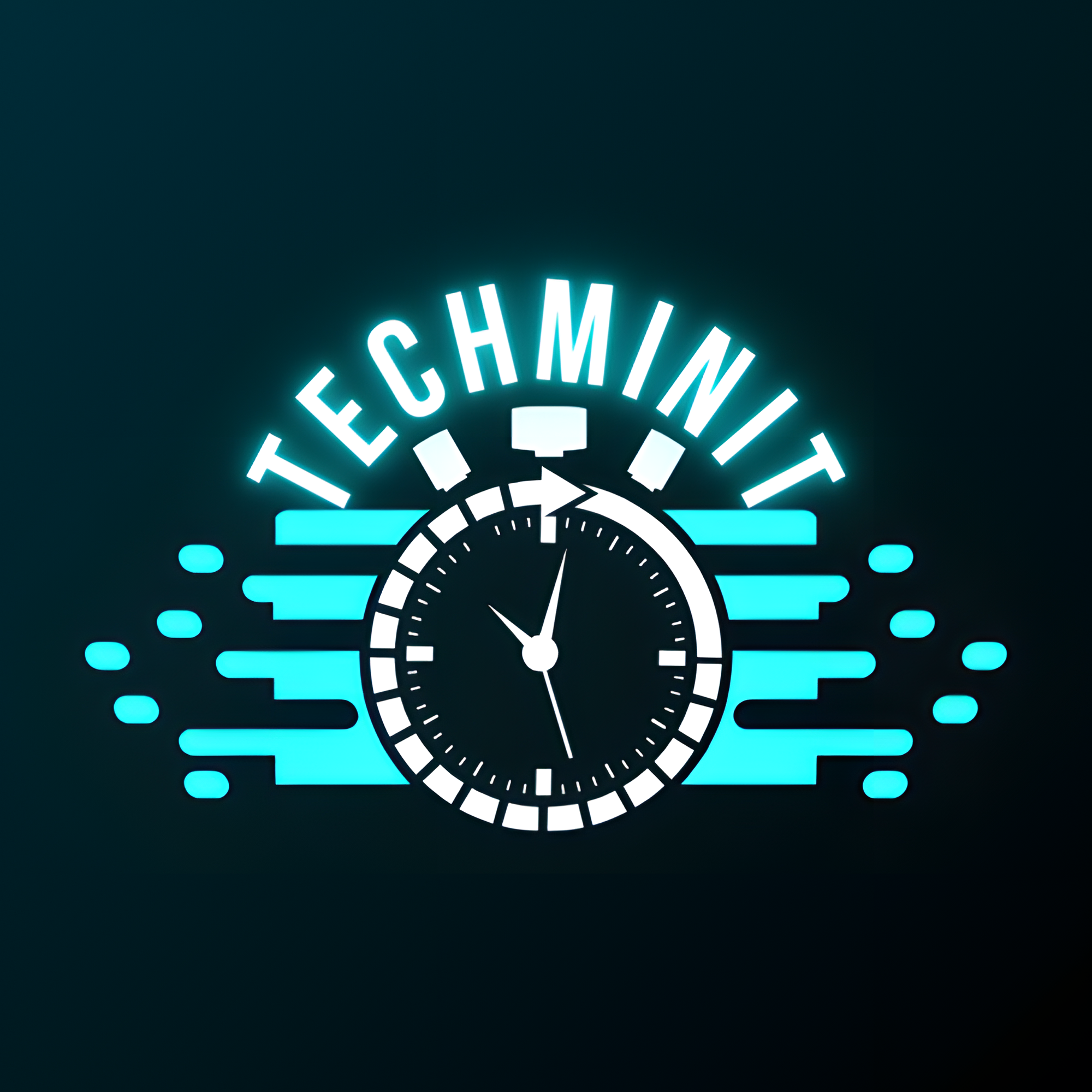On Sunday, 19 January, millions of TikTok users across the United States (U.S) were unable to access the popular social media platform because it was banned. The ban, which aimed to curtail the app’s operations in the U.S., left users greeted with a stark pop-up message upon opening the app.
“A law banning TikTok has been enacted in the U.S.,” the message said. “Unfortunately that means you can’t use TikTok for now.”
However, the ban was short-lived. By Monday, 20 January, TikTok began resuming service after President-elect Donald Trump announced he would reinstate access to the app upon returning to power.
In a statement, TikTok expressed gratitude, saying, “As a result of president Trump’s efforts, TikTok is back in the U.S.”
Trump explaining that he would “extend the period of time before the law’s prohibitions take effect, so that we can make a deal to protect our national security.”
He also proposed a new arrangement granting the U.S. a 50% ownership stake in a potential joint venture involving the app.
Earlier, Trump had suggested granting TikTok a 90-day reprieve from the ban, a statement TikTok referenced in its message to users.
Trump’s decision to save TikTok marks a notable reversal from his stance during his first term in office. Back in 2020, he sought to ban the app, citing concerns that ByteDance, TikTok’s parent company, was sharing Americans’ personal data with the Chinese government.
In August of that year, Trump signed an executive order mandating that ByteDance divest TikTok’s U.S. operations within 90 days. However, he later approved a deal structured as a partnership rather than an outright divestment. The proposed arrangement would have included Oracle and Walmart acquiring stakes in a new U.S.-based entity, though the deal ultimately stalled.

